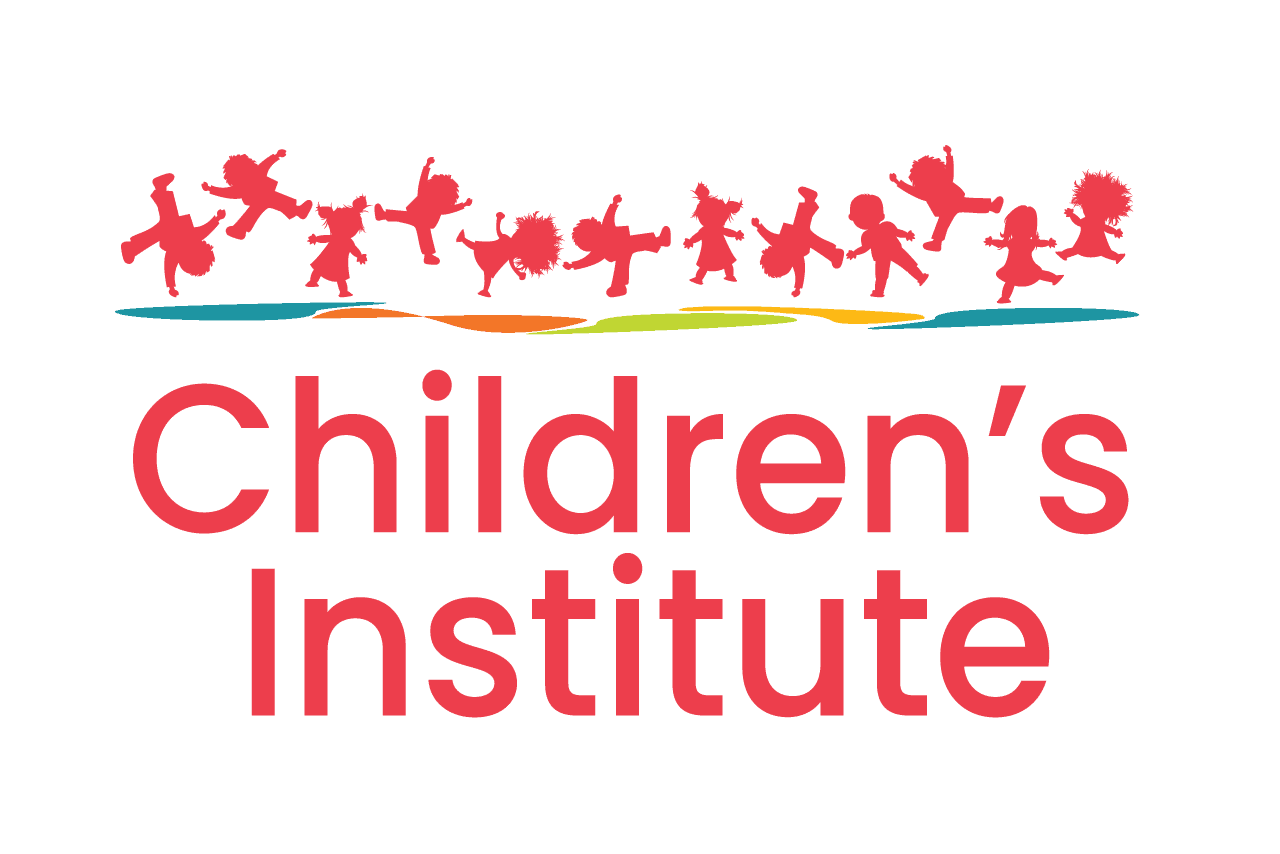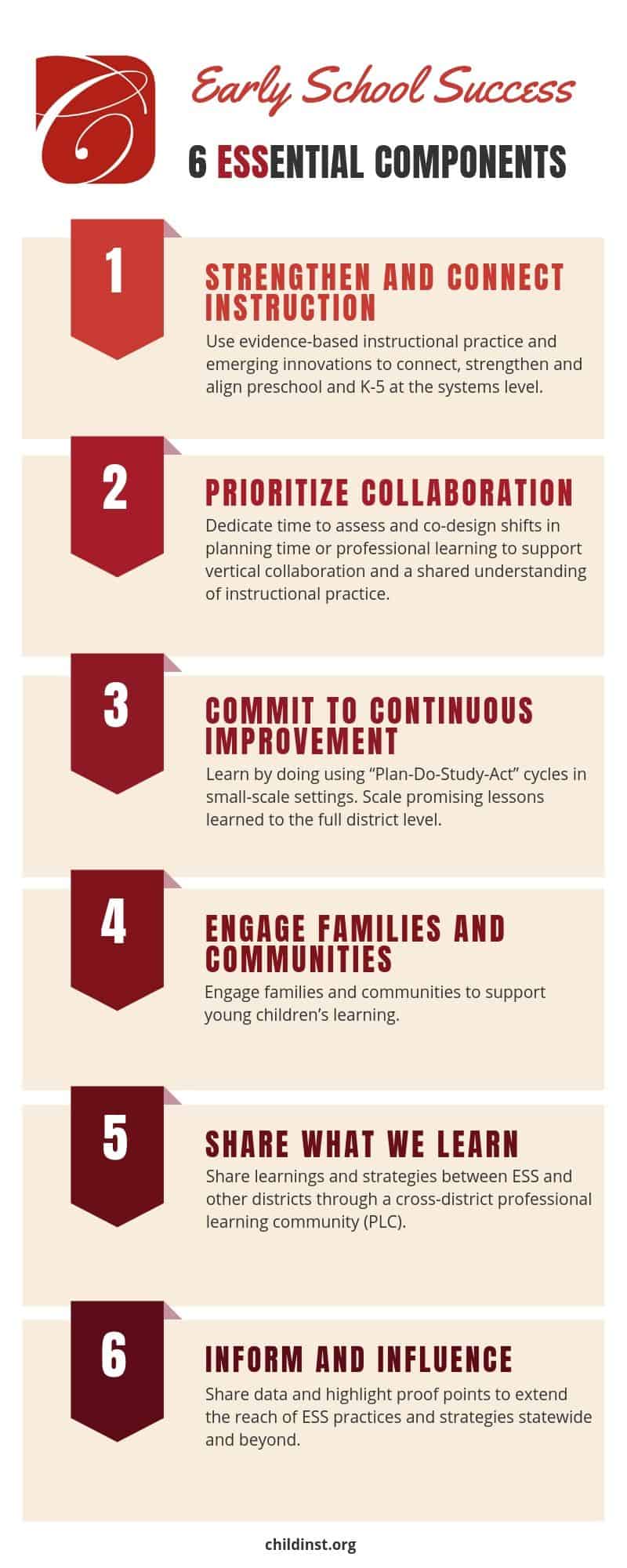
Task Force Recommends Improving Preschool Access
Multnomah County’s Preschool For All Task Force has issued a report calling for better access to affordable, high-quality preschool. In their work, the task force sought to address the following issues:
- Limited access to preschool, particularly for families of color, families who speak English as a second language, those experiencing poverty, and those who don’t qualify for public supports but still can’t afford preschool
- Shortage of early childhood educators and a poorly paid and undervalued existing workforce
- Shortage of preschool classrooms and facilities
- Lack of a connected system to support and ensure quality
Children’s Institute Director of Policy & Advocacy Dana Hepper applauded the leadership of County Commissioner Jessica Vega Pederson for convening the task force and the Multnomah County Commission for providing funding and staff to research the issue. Hepper served on the task force along with CI President & CEO Swati Adarkar, Director of Research & Strategy Dr. Marina Merrill, and Senior Early Education Advisor Soobin Oh.
Oregon is the fourth least affordable state in the country for preschool, according to the report, and public funding reaches very few families who need it. The task force recommends changing income criteria to determine eligibility for access to free preschool, moving from the federal poverty level to the “self-sufficiency standard” that takes into account the costs of housing, child care, and other elements. “This recommendation shows that the task force included people who really understand some of the challenges with existing programs that use the federal poverty level as the primary marker of eligibility,” says Oh.
Other recommendations in the report include developing a mixed-delivery model for preschool that includes culturally specific early learning programs, increasing preschool teacher salaries, strengthening the professional development systems, establishing public funding sources to build new preschool facilities and improve existing facilities, and developing incentives to support preschool infrastructure.
“We now have a clear plan for what Multnomah County needs to do to provide access to preschool for all children in our region and prioritize children of color, those in low-income families, those with diagnosed disabilities or delays, and those who speak a home language other than English,” Hepper explains. “We’re eager for the next phase.”
Read More About Work by Cities to Expand Access to Preschool
National Institute for Early Education Research: Pre-K in American Cities
New America: Pre-K in American Cities
Education Week: Many Large City Pre-K Programs Fail to Meet Quality Benchmarks, Study Finds




